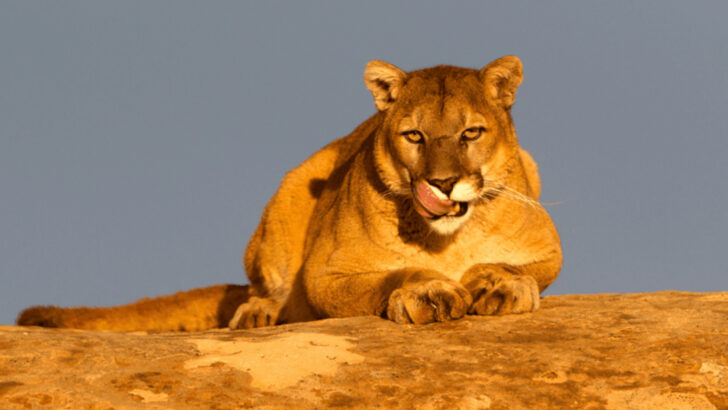Seeing a mountain lion in the wild is like spotting a ghost—silent, powerful, and gone in a flash. These big cats are masters of staying hidden, but if you know where to look, your chances of an encounter go way up.
Across the country, certain national parks offer prime mountain lion territory, from rugged mountains to dense forests. These parks aren’t just scenic wonders; they’re hunting grounds, home ranges, and safe havens for America’s most elusive predator.
Of course, spotting one requires patience—and a bit of luck. Tracks in the dirt, fresh deer kills, and eerie nighttime screams might be the only clues they leave behind. But for those determined to see this majestic feline, these 16 national parks give you the best shot.
So, if you’re ready for a heart-pounding moment in the wild, grab your binoculars and head to one of these mountain lion hotspots!
Yellowstone National Park
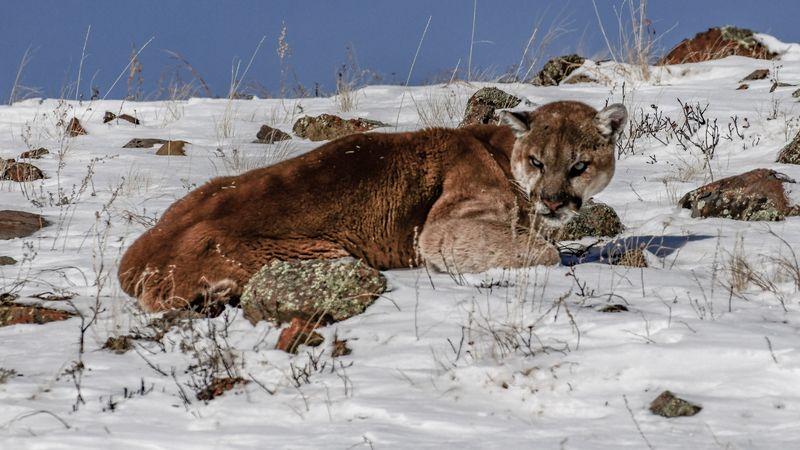
Yellowstone National Park, with its vast landscapes and diverse wildlife, offers a prime habitat for mountain lions. These solitary creatures roam the park’s expansive forests and mountainous terrain. Visitors stand a chance of spotting them at dawn or dusk, when they’re most active.
The Lamar Valley, often referred to as America’s Serengeti, is a hotspot for wildlife viewing, including mountain lions. With binoculars and a bit of patience, you might catch a glimpse of one gracefully moving through the wilderness.
Remember to keep a respectful distance and never approach these powerful predators.
Yosemite National Park
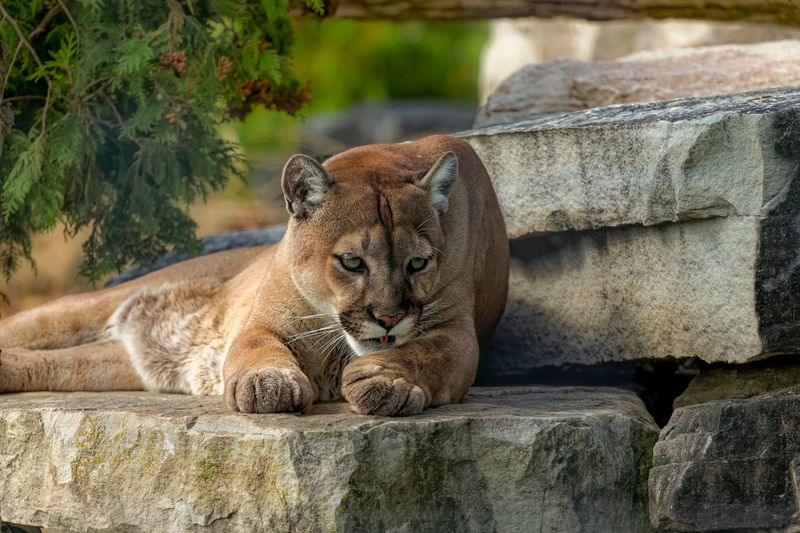
Yosemite National Park’s rugged cliffs and dense forests create a perfect environment for mountain lions. These elusive animals are masters of camouflage, often blending seamlessly into their surroundings.
Sightings are rare but not impossible, especially along the Merced River or in the backcountry. Early morning or late afternoon hikes increase your chances of an encounter.
For those eager to witness the majesty of these big cats, guided tours by experienced naturalists can offer insights into their behavior and ecology. Always prioritize safety and maintain your distance.
Rocky Mountain National Park
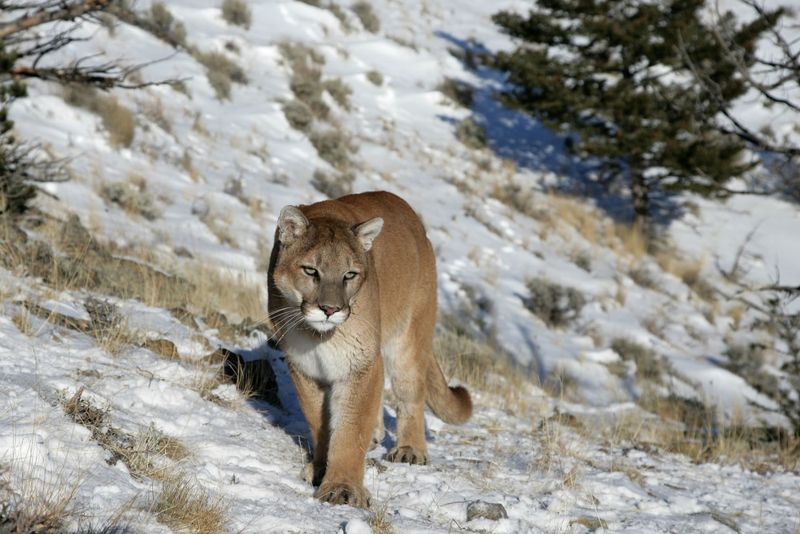
In the heart of the Rockies, Rocky Mountain National Park is home to a healthy population of mountain lions. These apex predators thrive in the park’s varied terrain, from dense forests to open meadows.
While sightings are rare, winter offers a unique opportunity as tracks in the snow can reveal their presence. Look for signs of this elusive cat as you explore the park’s trails.
Engaging with park rangers can provide valuable tips on where to spot mountain lions safely. Always carry bear spray as a precaution and respect the wildlife.
Zion National Park
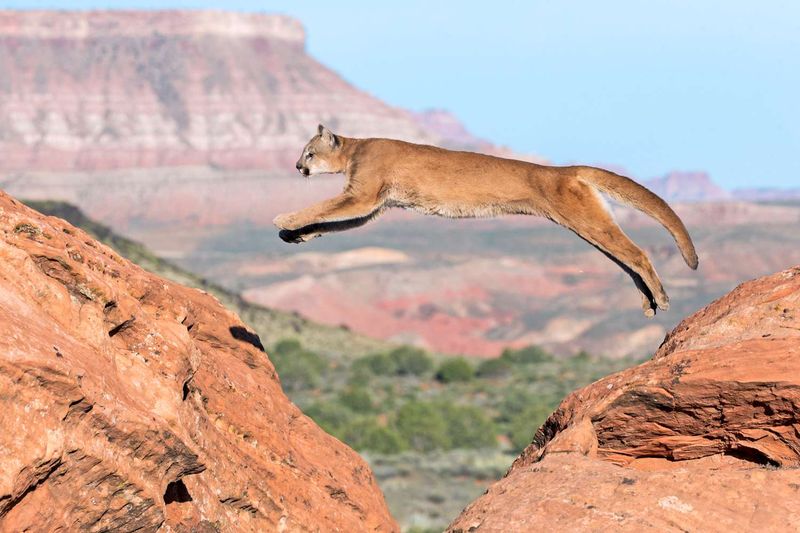
Zion National Park’s dramatic red cliffs and canyons provide an ideal backdrop for mountain lions. These stealthy cats are often found in the park’s remote areas, away from bustling tourist spots.
Hiking trails like the East Rim Trail offer a chance to see these elusive animals at dawn or dusk. Observing from a distance ensures both visitor safety and respect for the lion’s natural behavior.
With patience, determination, and maybe some luck, you might witness a mountain lion gracefully navigating the rocky terrain. Always heed park guidelines for a safe visit.
Grand Teton National Park
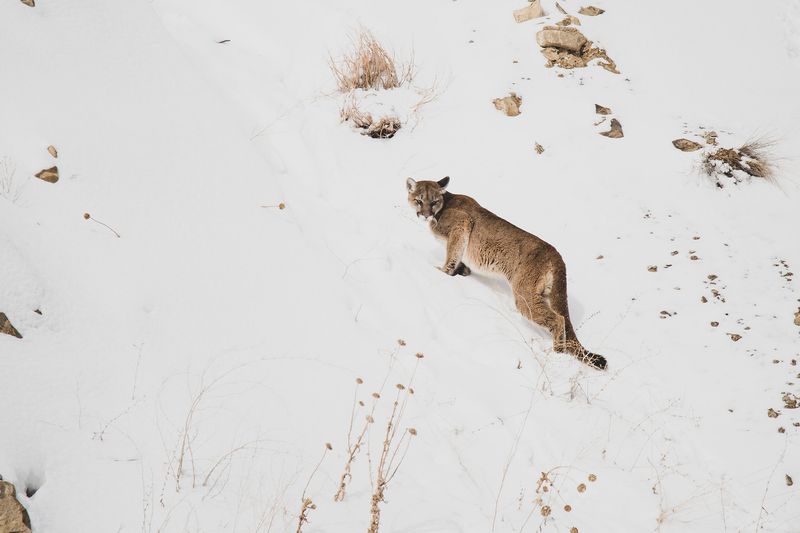
Grand Teton National Park, with its striking mountain vistas and rich wildlife, is home to a number of mountain lions. Their presence is often felt more than seen, as they expertly blend into the rugged landscape.
For those hoping to see one, early morning or late evening hikes are recommended, particularly in less-traveled areas of the park. Glimpses of mountain lions are rare and fleeting, adding to the allure of spotting one in the wild.
Remember to keep a respectful distance and avoid any actions that might disturb these magnificent animals.
Glacier National Park
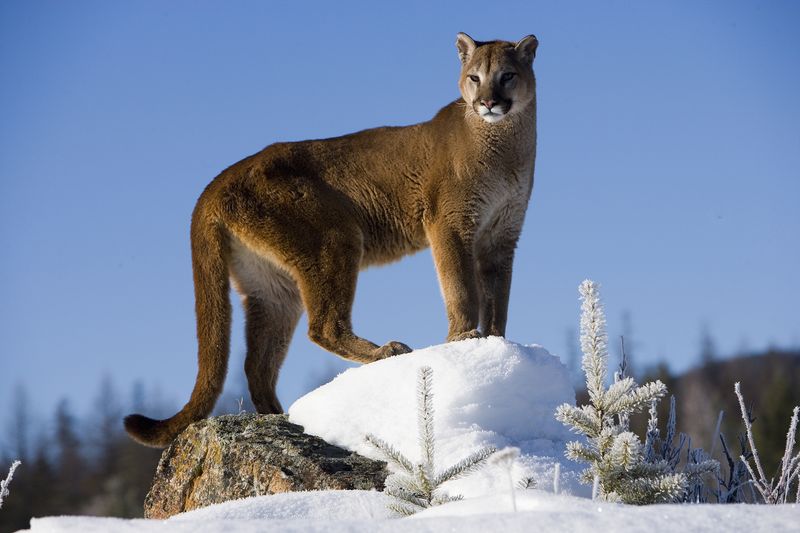
Glacier National Park’s vast wilderness is a haven for mountain lions, offering the cover and prey they need to thrive. The dense forests and rugged mountains are perfect for these solitary predators.
While hiking or camping, visitors might encounter tracks or other signs of mountain lions, even if the animals themselves remain out of sight.
For the best chance of spotting one, consider visiting during dawn or dusk when they’re most active. Always prioritize your safety by keeping a safe distance and following park regulations.
Sequoia National Park
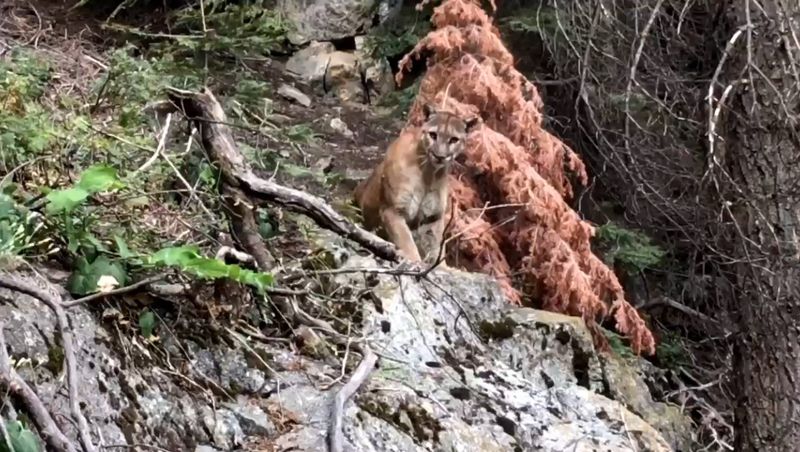
Amid the towering giants of Sequoia National Park, mountain lions find an ideal habitat. These stealthy creatures roam the park’s forests and canyons, often venturing into remote areas.
Spotting a mountain lion here requires patience and a bit of luck. The Crescent Meadow area is a good spot to keep an eye out for these elusive cats.
Guided hikes and informational talks by park rangers can provide insights into the habits and habitats of mountain lions. Always maintain a safe distance and respect their natural environment.
Big Bend National Park
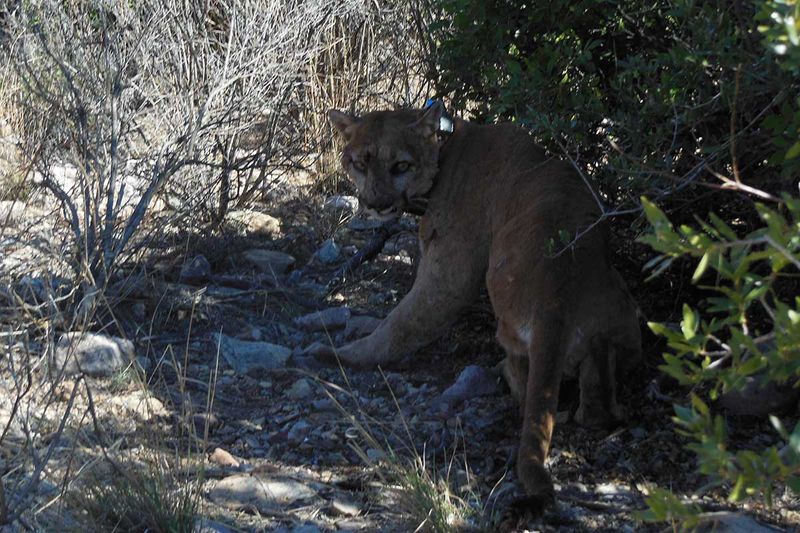
Big Bend National Park’s diverse desert landscape provides a unique setting for mountain lions. These adaptable predators are known to roam the park’s rugged terrain, from the Rio Grande to the Chisos Mountains.
While the vastness of the park makes sightings rare, the area around the Chisos Basin is known for frequent mountain lion activity.
Visitors are advised to hike in groups and stay on designated trails to increase safety. Observing from a distance ensures a safe experience for both humans and mountain lions alike.
Olympic National Park
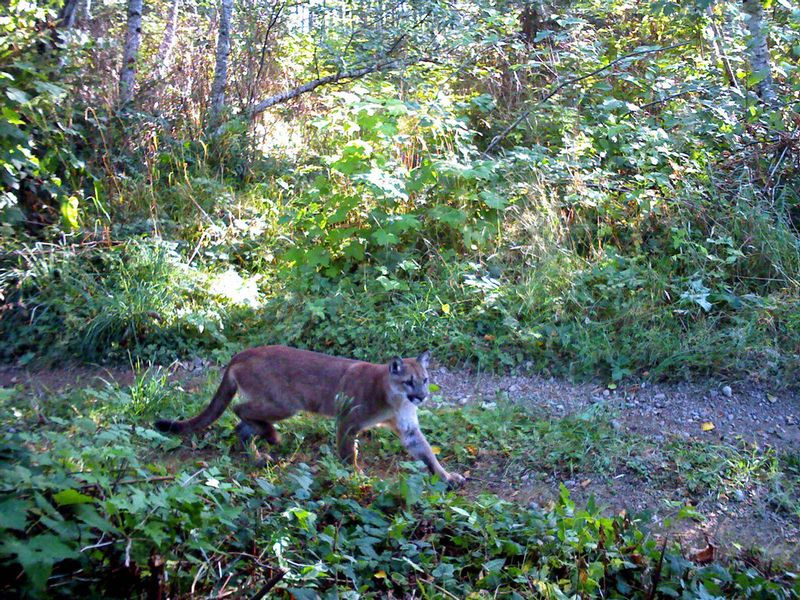
Olympic National Park’s diverse ecosystems create a rich environment for mountain lions. The park’s dense forests and secluded valleys offer ample cover for these elusive cats.
While rarely seen, mountain lions are present, particularly in remote areas away from popular trails. Dawn and dusk are the best times to try your luck at spotting one.
Park rangers can offer advice on where to safely observe wildlife, making your visit both exciting and educational. Always follow safety guidelines to protect both yourself and the wildlife.
Shenandoah National Park
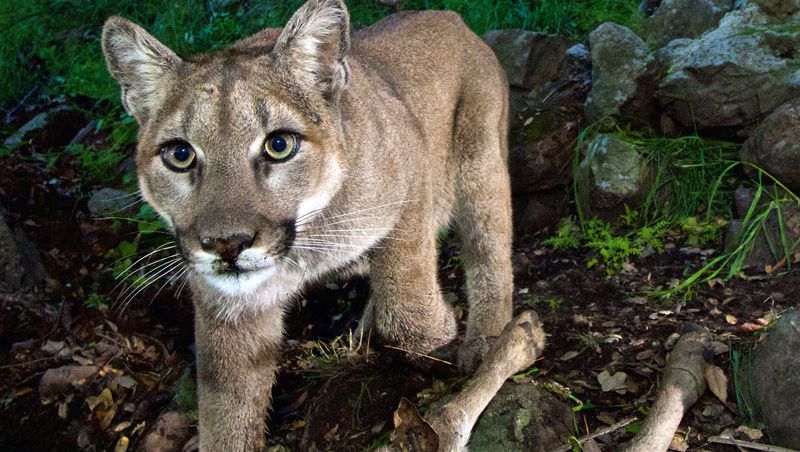
Shenandoah National Park’s rolling hills and forests provide a picturesque setting for mountain lions. These creatures are rarely seen but have been reported in the more remote sections of the park.
Visitors hoping for a sighting should explore the park’s quieter trails at dawn or dusk. Even if the big cats remain hidden, their presence is felt throughout this lush landscape.
Remember to keep a respectful distance and carry essential safety gear such as bear spray. Engaging with park rangers can enhance your experience and increase your chances of an encounter.
Great Smoky Mountains National Park
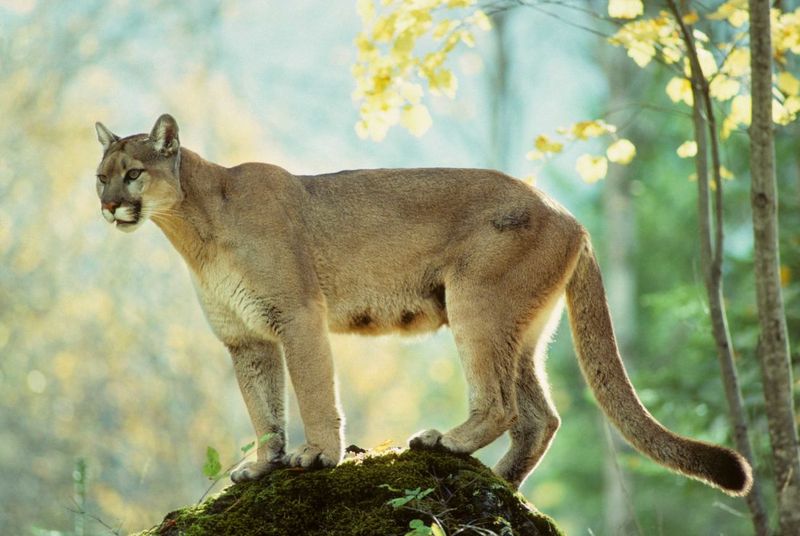
Great Smoky Mountains National Park, with its misty landscapes and rich biodiversity, offers a mysterious habitat for mountain lions. These elusive animals are rarely seen, preferring the cover of dense forests.
Visitors should explore less-traveled paths during early morning hours for a better chance of sighting. Even if a mountain lion isn’t spotted, the park’s beauty makes the journey worthwhile.
Consult with park rangers to learn more about the area’s wildlife and safety practices. Always respect the natural habitat and maintain a safe distance from any wildlife.
Joshua Tree National Park
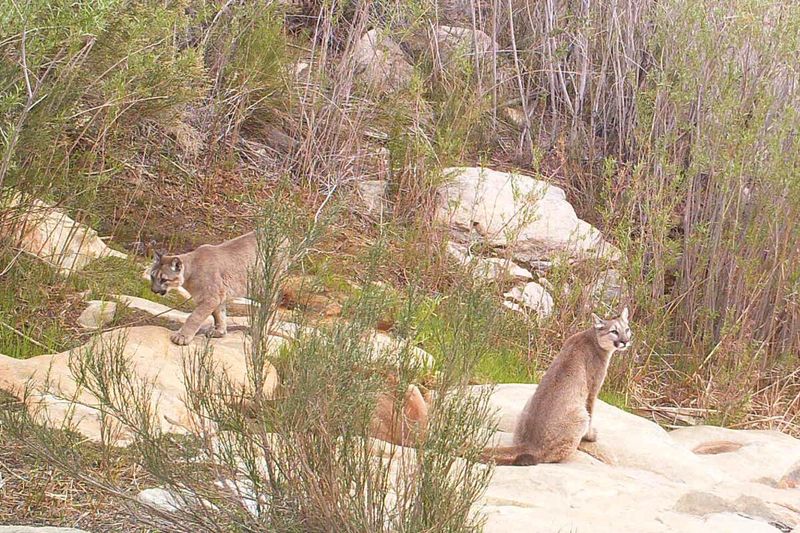
Joshua Tree National Park’s arid desert environment is home to a surprising array of wildlife, including mountain lions. These predators are masters of adapting to harsh conditions, making them resilient and elusive.
Sightings are rare, but visitors might encounter tracks or other signs of their presence. Hiking during the cooler hours of dawn or dusk increases the chances of catching a glimpse.
Park guides can offer insights into the behaviors and habitats of these big cats, enhancing your visit. Always follow park guidelines to ensure a safe and respectful wildlife experience.
Saguaro National Park
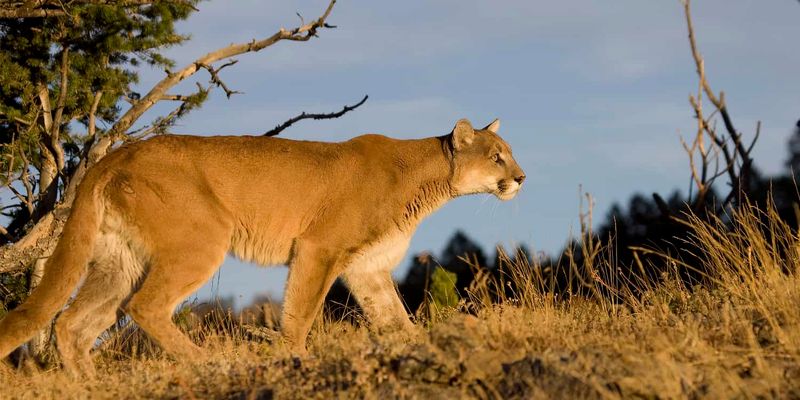
Saguaro National Park, with its iconic desert landscape, provides a unique backdrop for mountain lions. These solitary hunters are known to roam the park’s rugged terrain in search of prey.
While sightings are infrequent, observing signs like tracks or scat can indicate their presence. Dawn and dusk provide the best opportunities for glimpsing these elusive creatures.
Visitors are encouraged to stay vigilant and maintain a respectful distance. Engaging with park staff can enhance your understanding of mountain lion behavior and ecology.
Canyonlands National Park
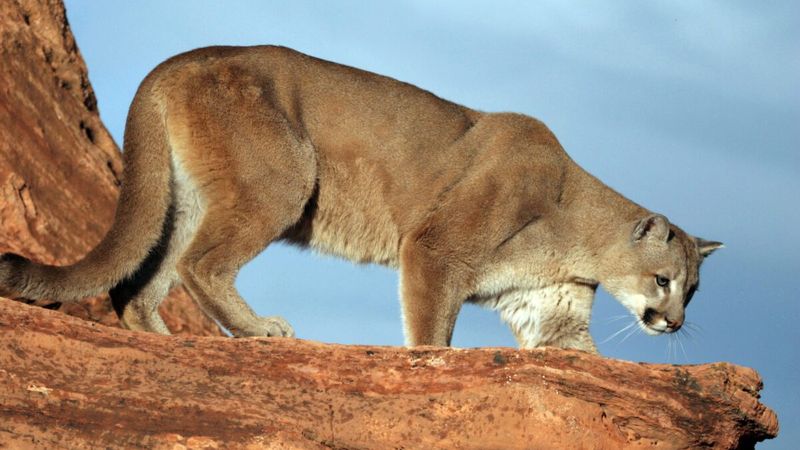
Canyonlands National Park’s dramatic landscapes offer a haven for mountain lions. These skilled hunters navigate the park’s rugged canyons and mesas with ease.
While sightings are rare, the chance of encountering one increases in remote areas and during the early morning or late evening.
Visitors should exercise caution and bring necessary safety gear, such as binoculars and bear spray. Respectful observation ensures the safety of both humans and wildlife, enriching your park experience.
Arches National Park
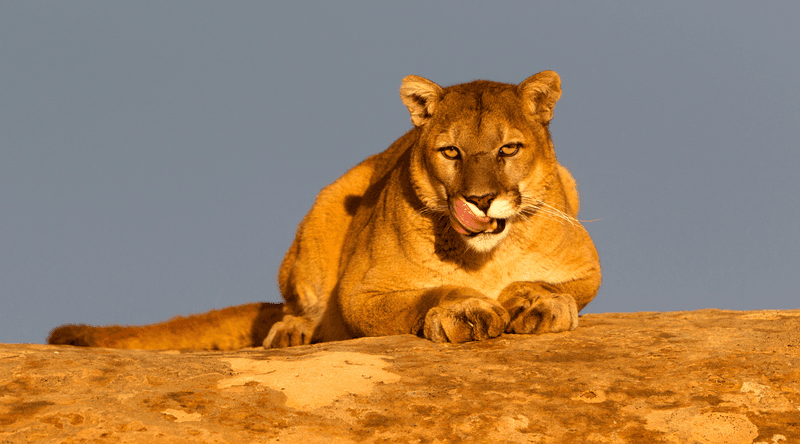
Arches National Park, with its iconic red rock formations, is a striking habitat for mountain lions. These animals expertly blend into their surroundings, making them difficult to spot.
Sightings are uncommon, but early morning treks increase your chances. Observing the natural beauty of the park while keeping an eye out for wildlife is an enriching experience.
Engaging with knowledgeable park rangers can provide tips on where to look and how to safely enjoy your visit. Always respect the park’s guidelines and maintain a safe distance from wildlife.
Bryce Canyon National Park
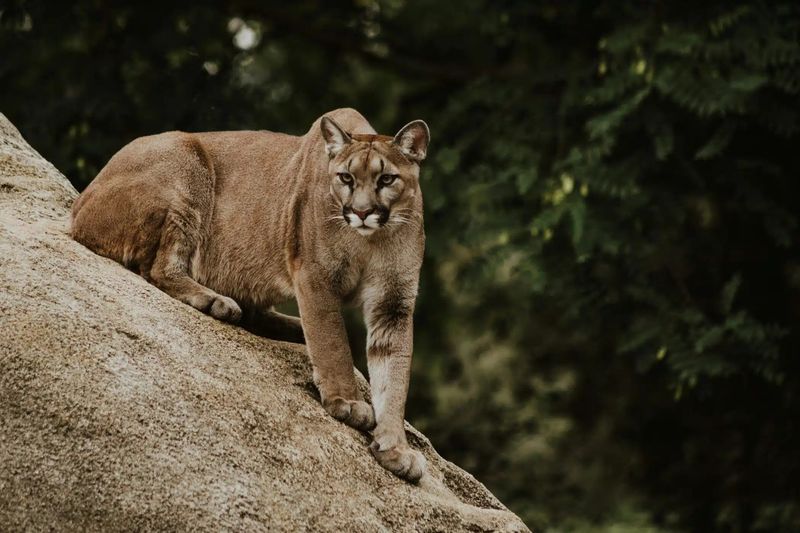
Bryce Canyon National Park’s unique geological formations create a dramatic setting for mountain lions. These majestic creatures can be found navigating the park’s spires and cliffs.
Although sightings are rare, the opportunity to see one increases during dawn or dusk in less-crowded areas. Bringing binoculars can enhance your wildlife viewing experience.
Visitors are advised to prioritize safety by staying on marked trails and maintaining a respectful distance. Park rangers can offer insights into the behavior and ecology of these magnificent cats.

